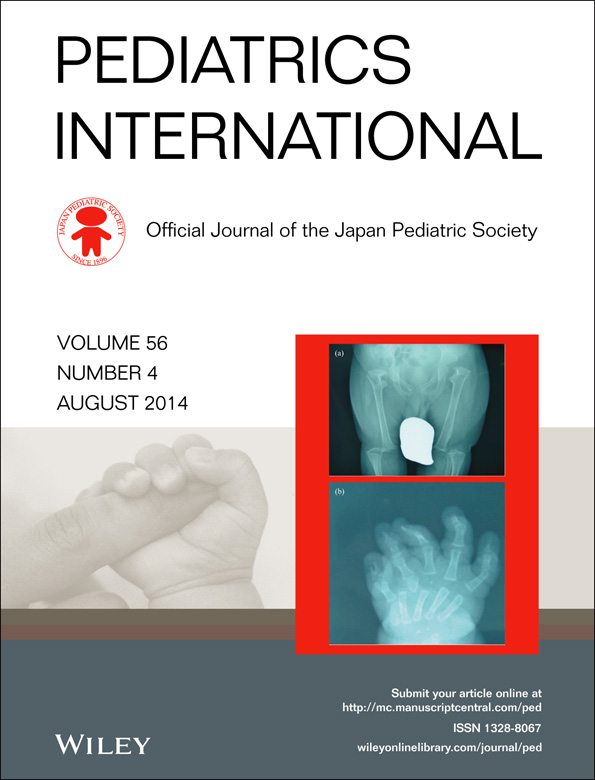Carbamazepine–imatinib interaction in a child with chronic myeloid leukemia
Abstract
Imatinib mesylate, a selective tyrosine kinase inhibitor, is the frontline therapeutic agent used for the treatment of chronic myeloid leukemia (CML), and its therapeutic efficacy is associated with trough concentrations. Therefore, monitoring imatinib trough concentrations is strongly recommended for successful treatment of CML patients. It has been recently shown that some drugs altered imatinib plasma levels in adult patients. However, drug interactions with imatinib in children are still unknown. Here, we report a case of a 12-year-old child with epilepsy who was also diagnosed with CML and given imatinib in addition to an enzyme-inducing antiepileptic drug, carbamazepine. Compared to population kinetics data, the data obtained for the patient showed a significant decrease of imatinib plasma concentrations. Our findings suggest that monitoring imatinib plasma concentrations in children receiving enzyme-inducing antiepileptic drugs is needed to optimize the therapeutic efficacy of imatinib.




